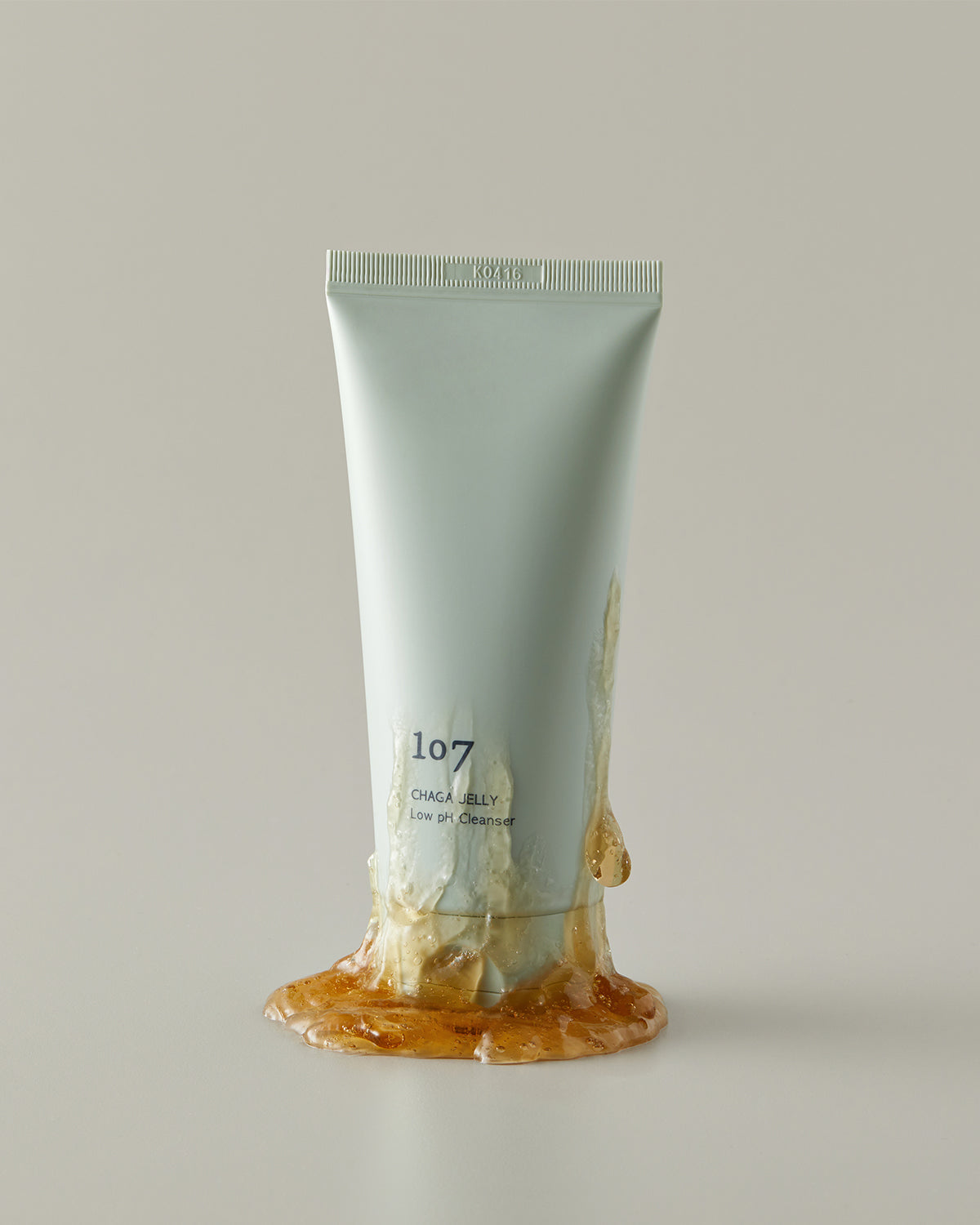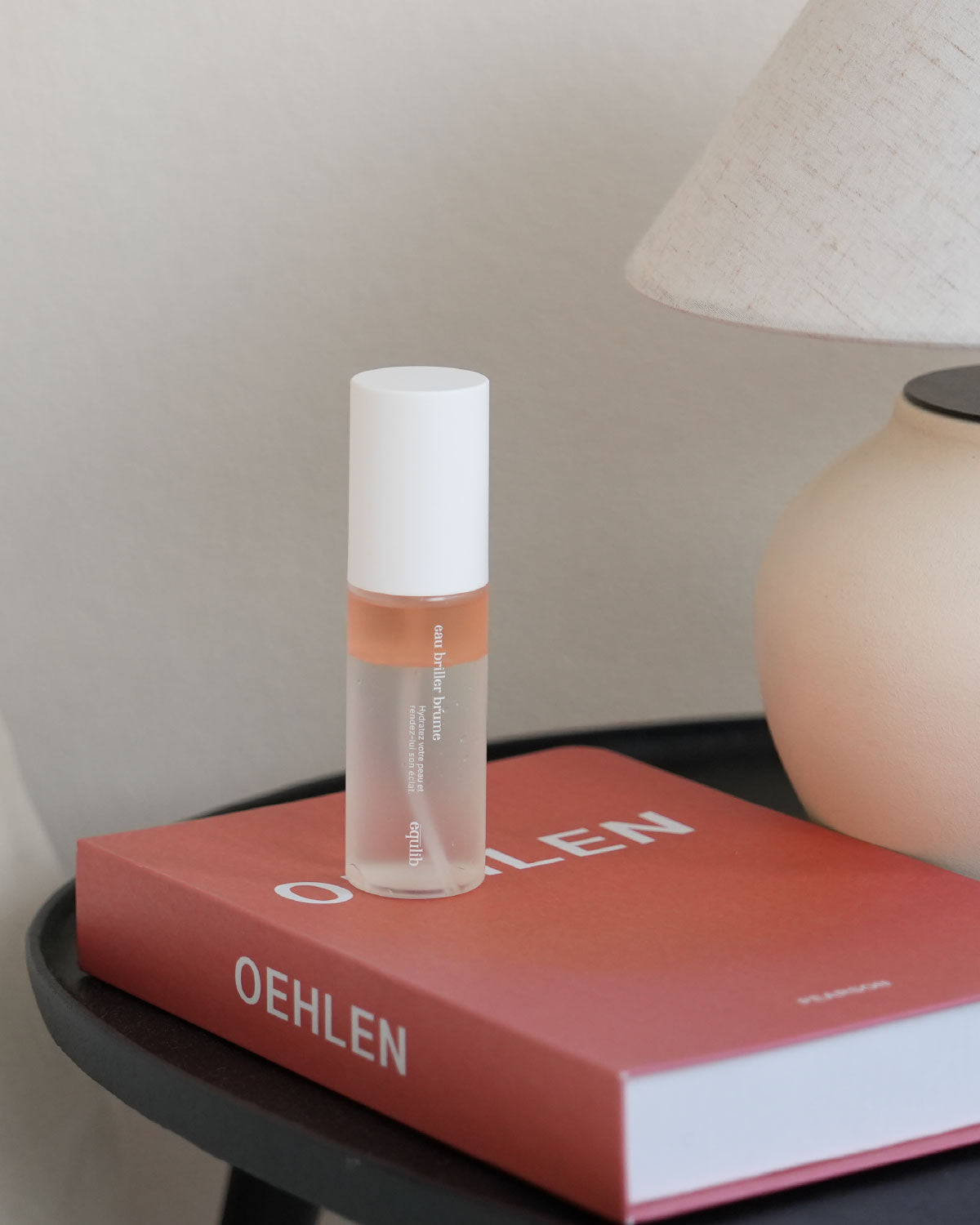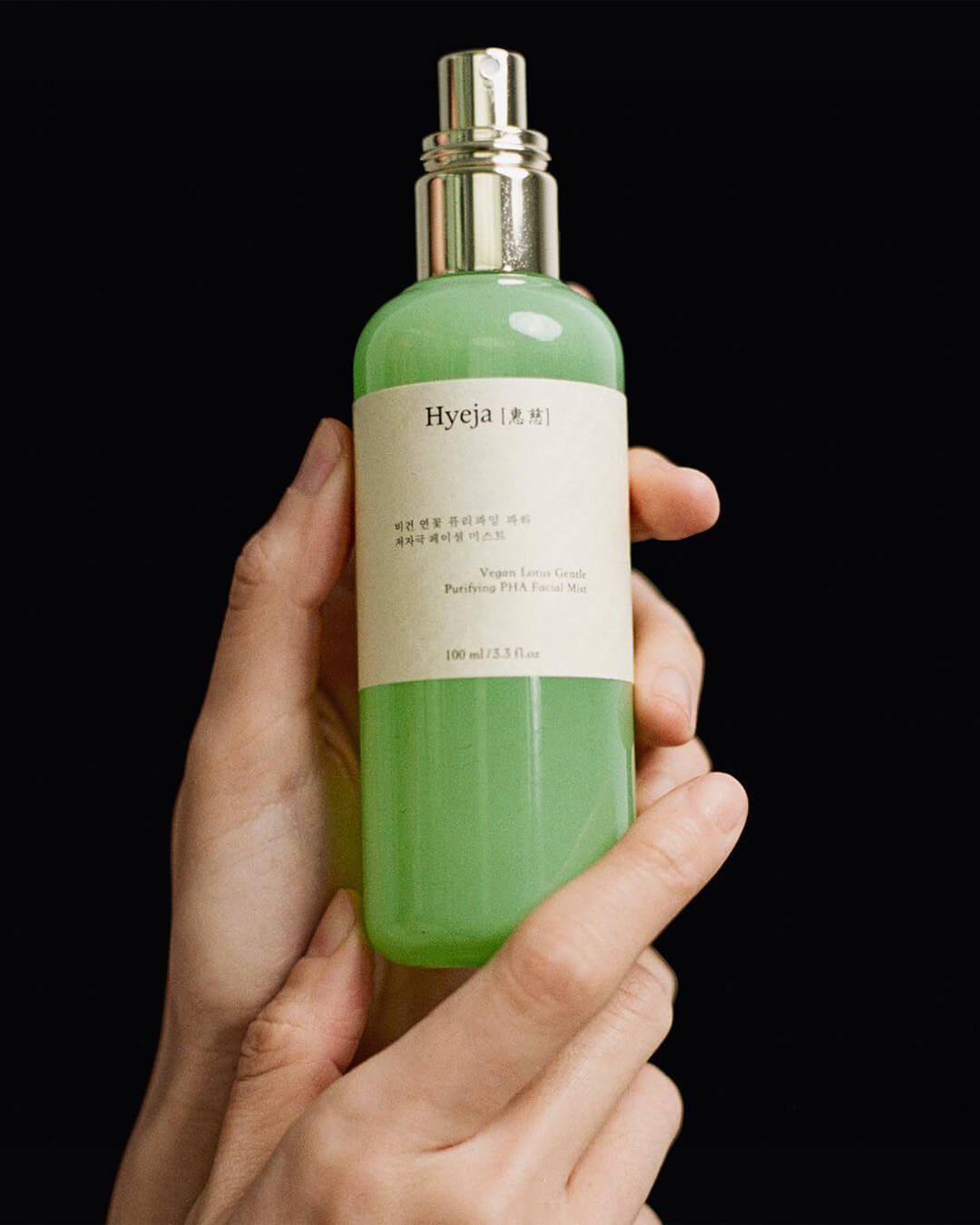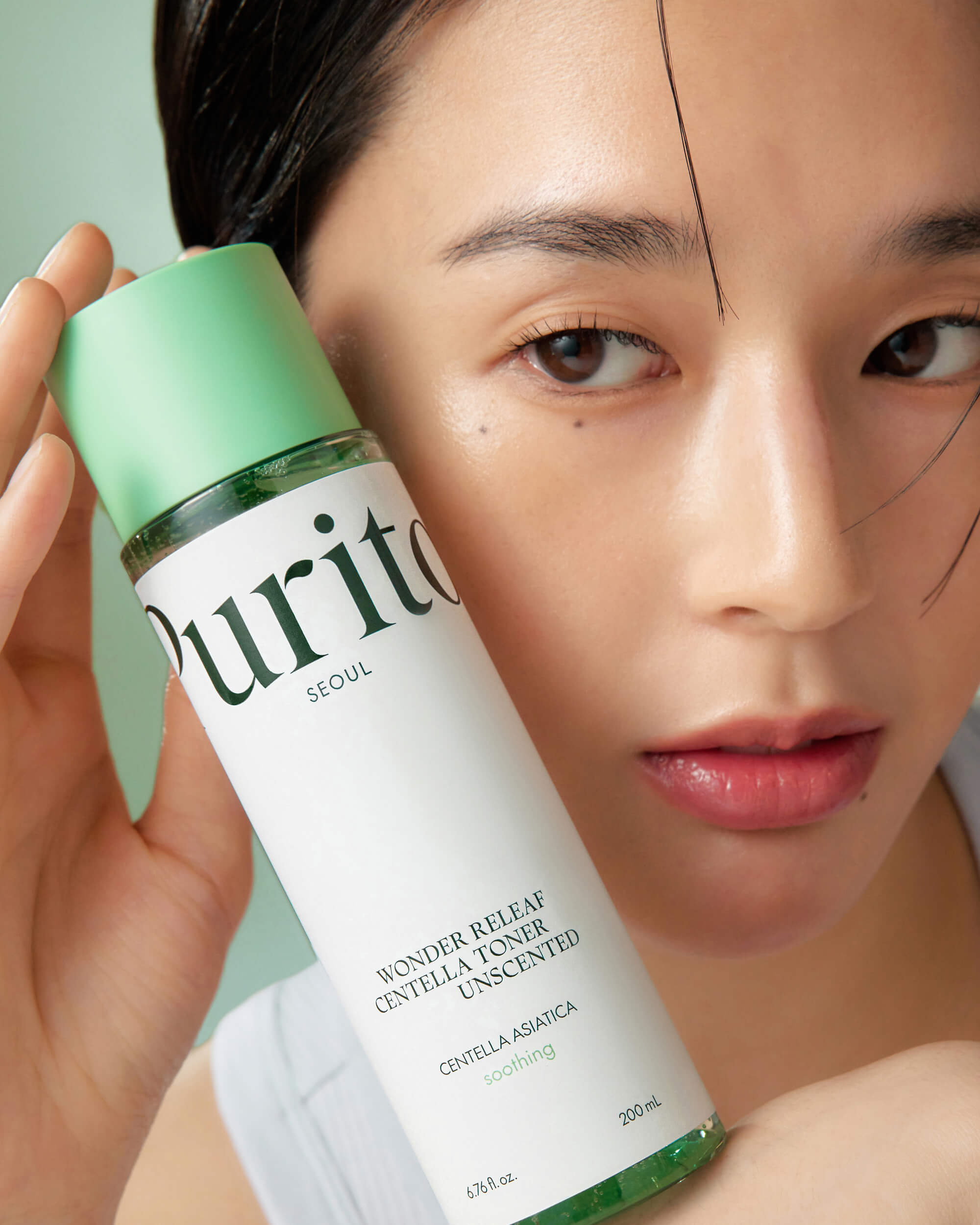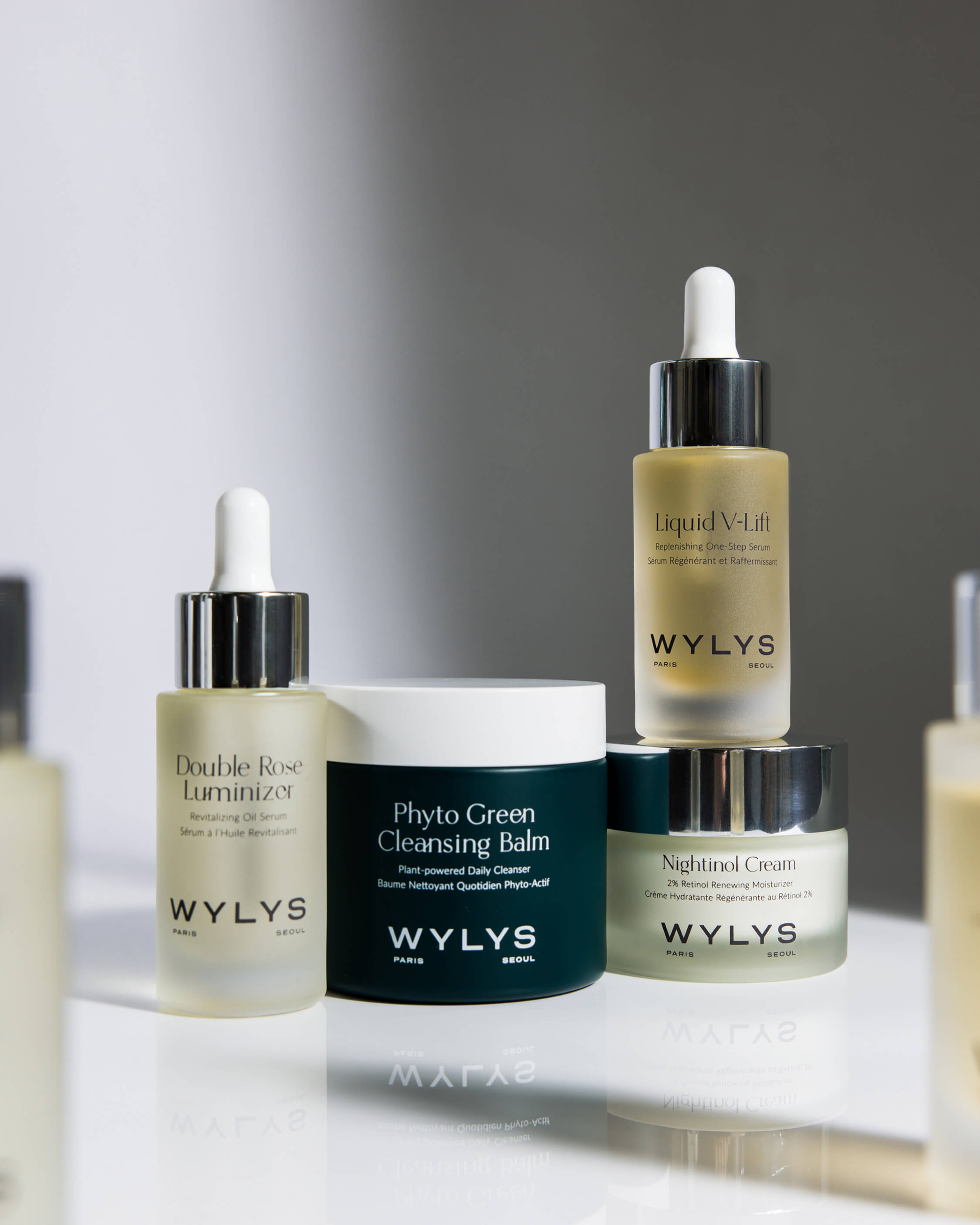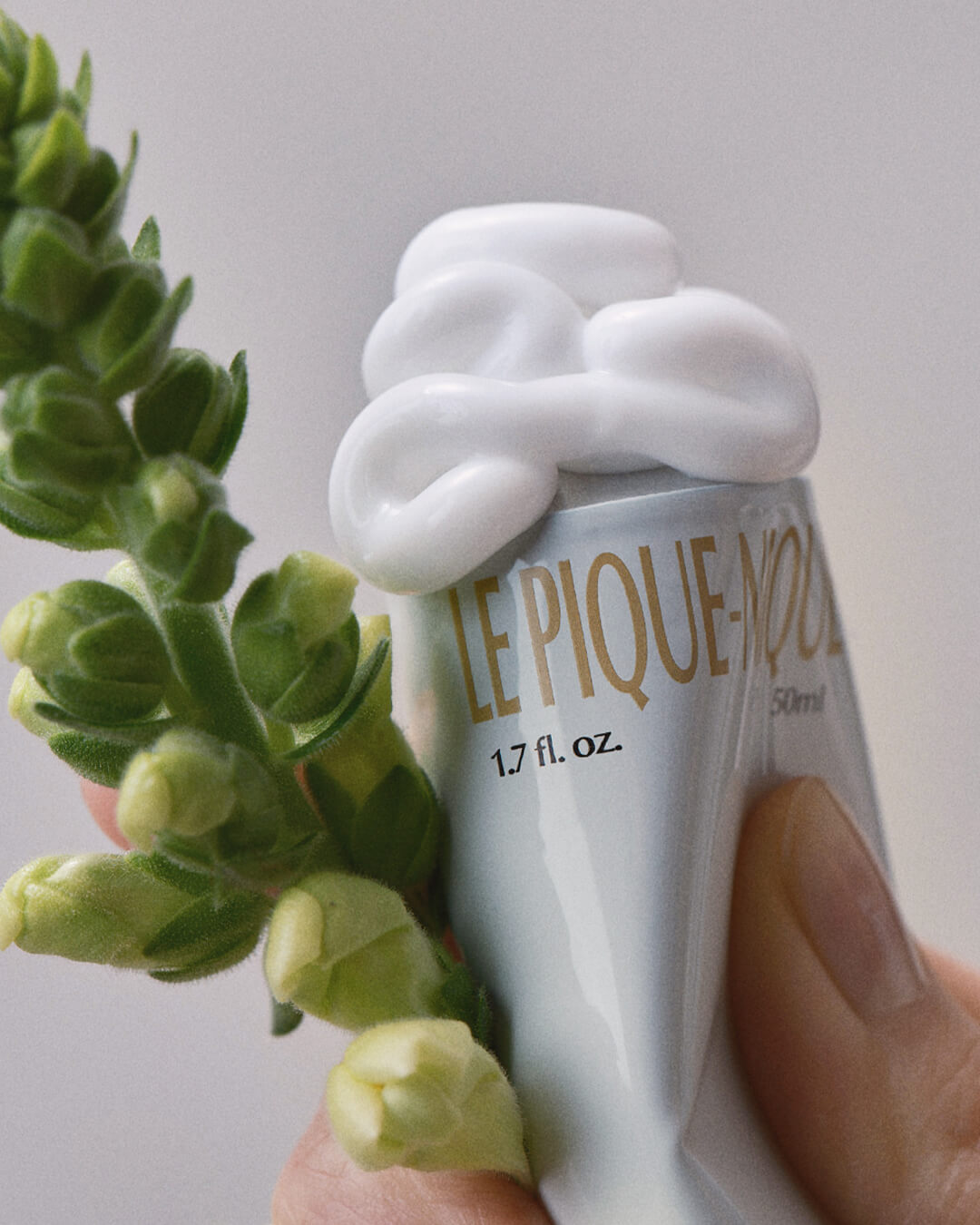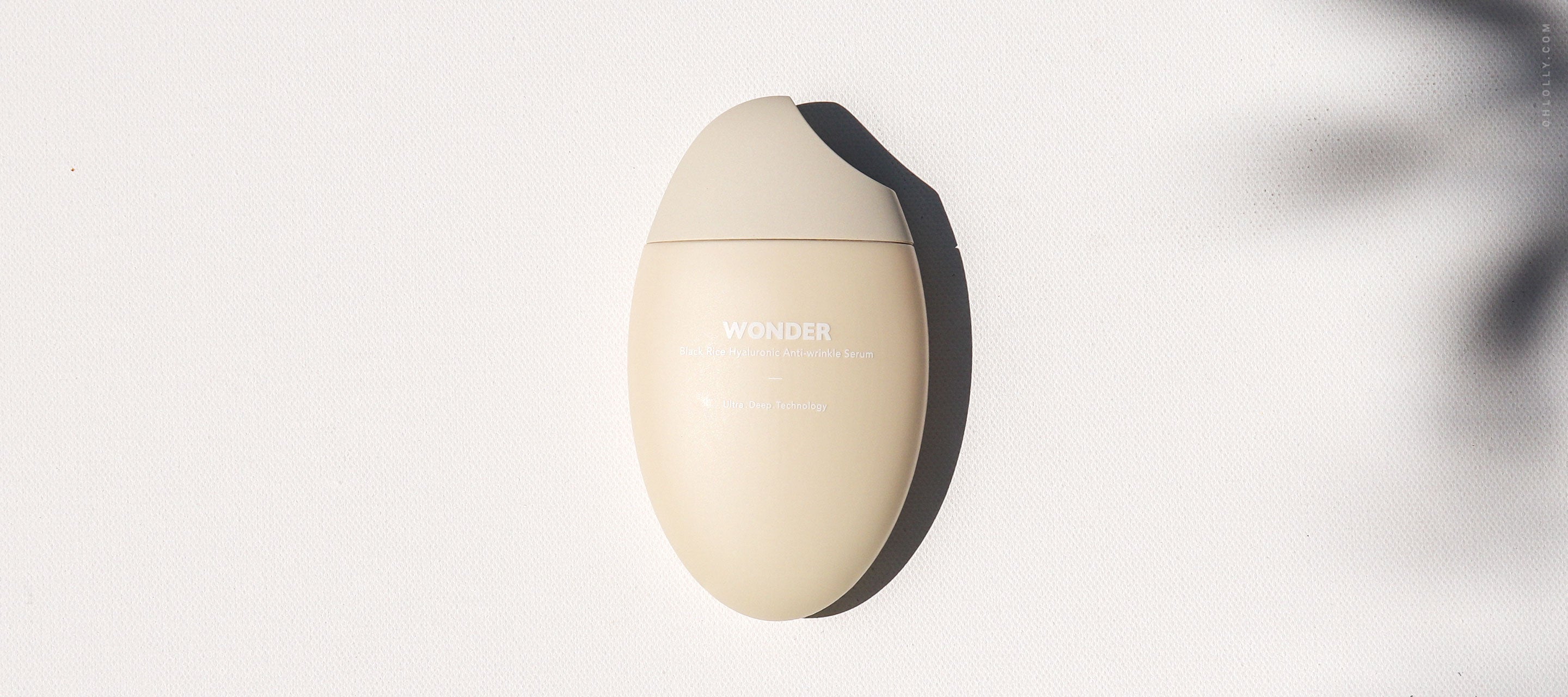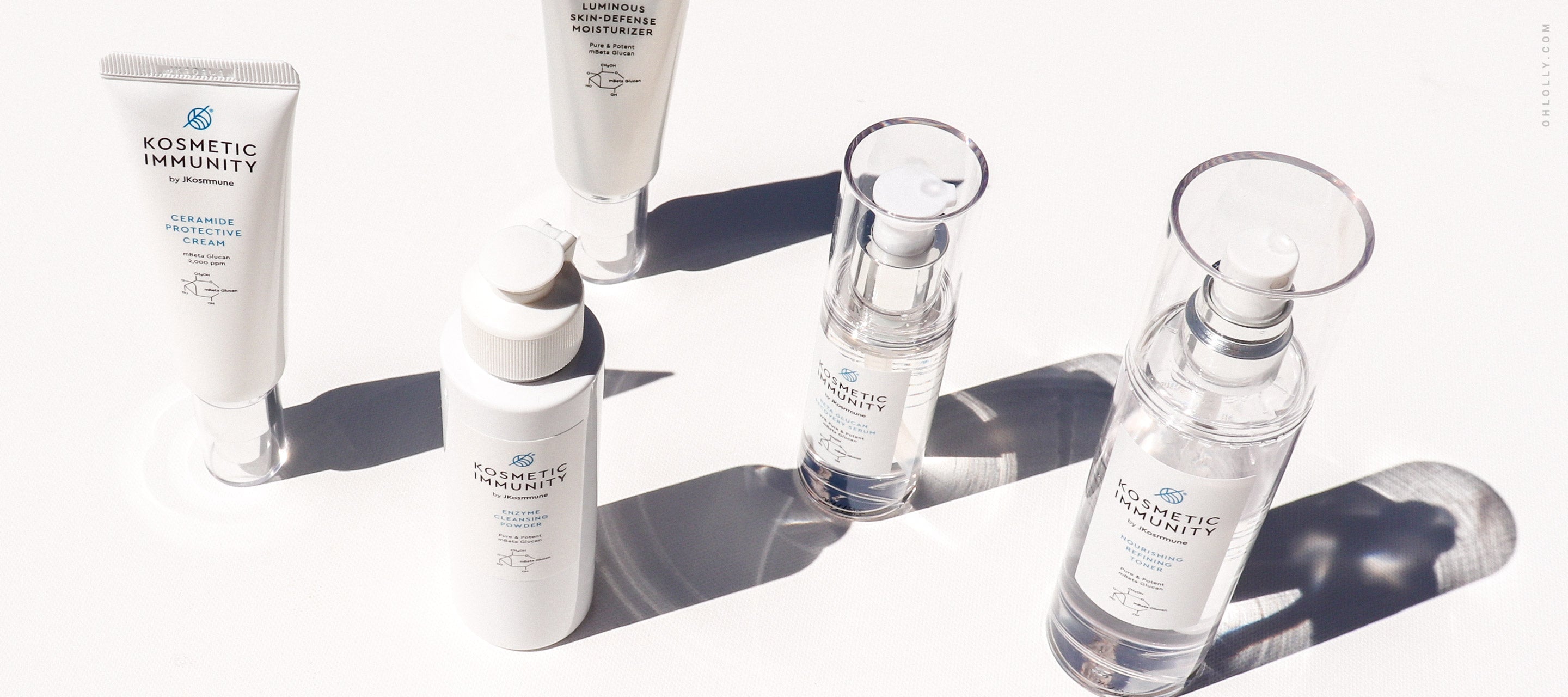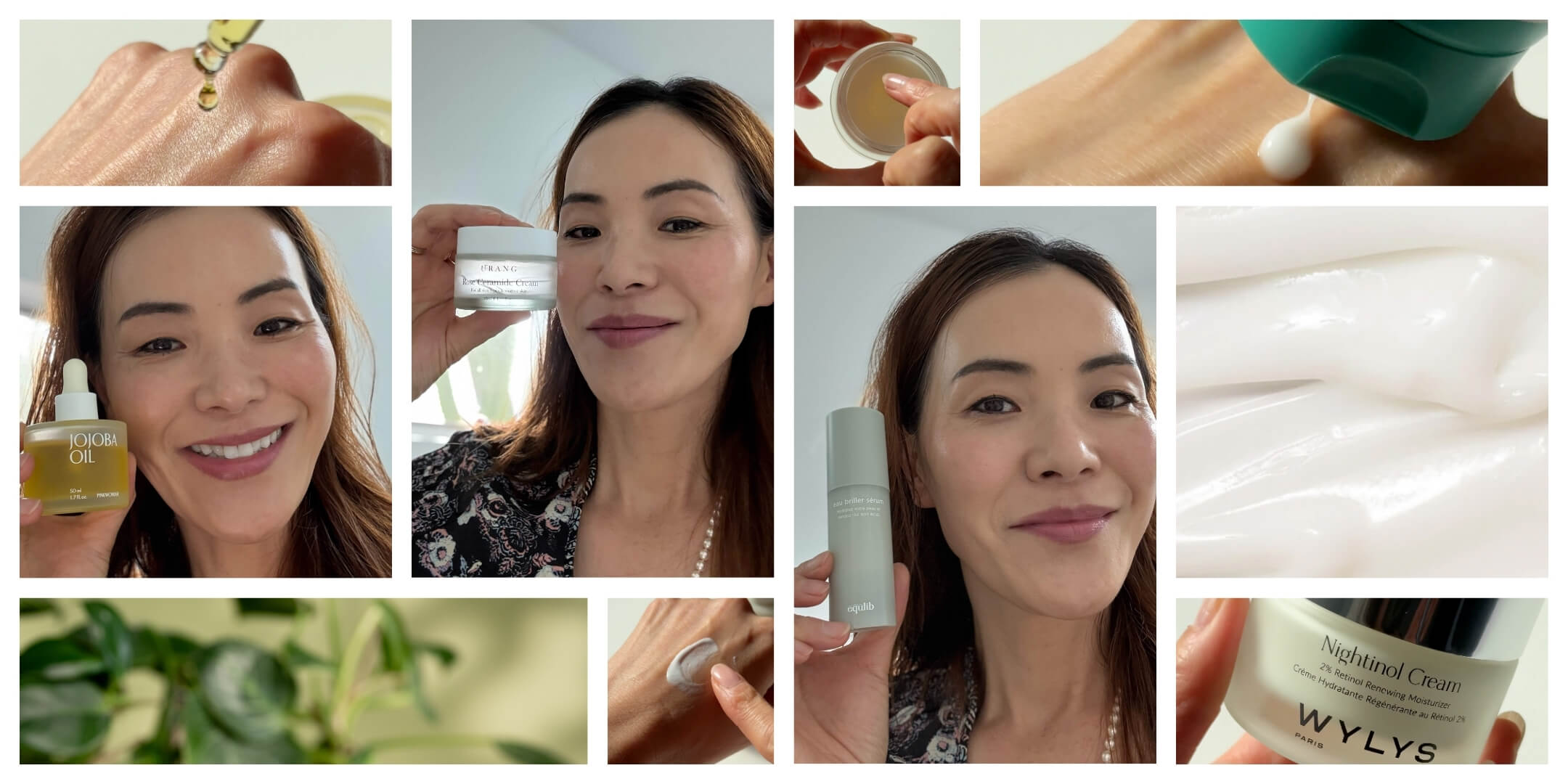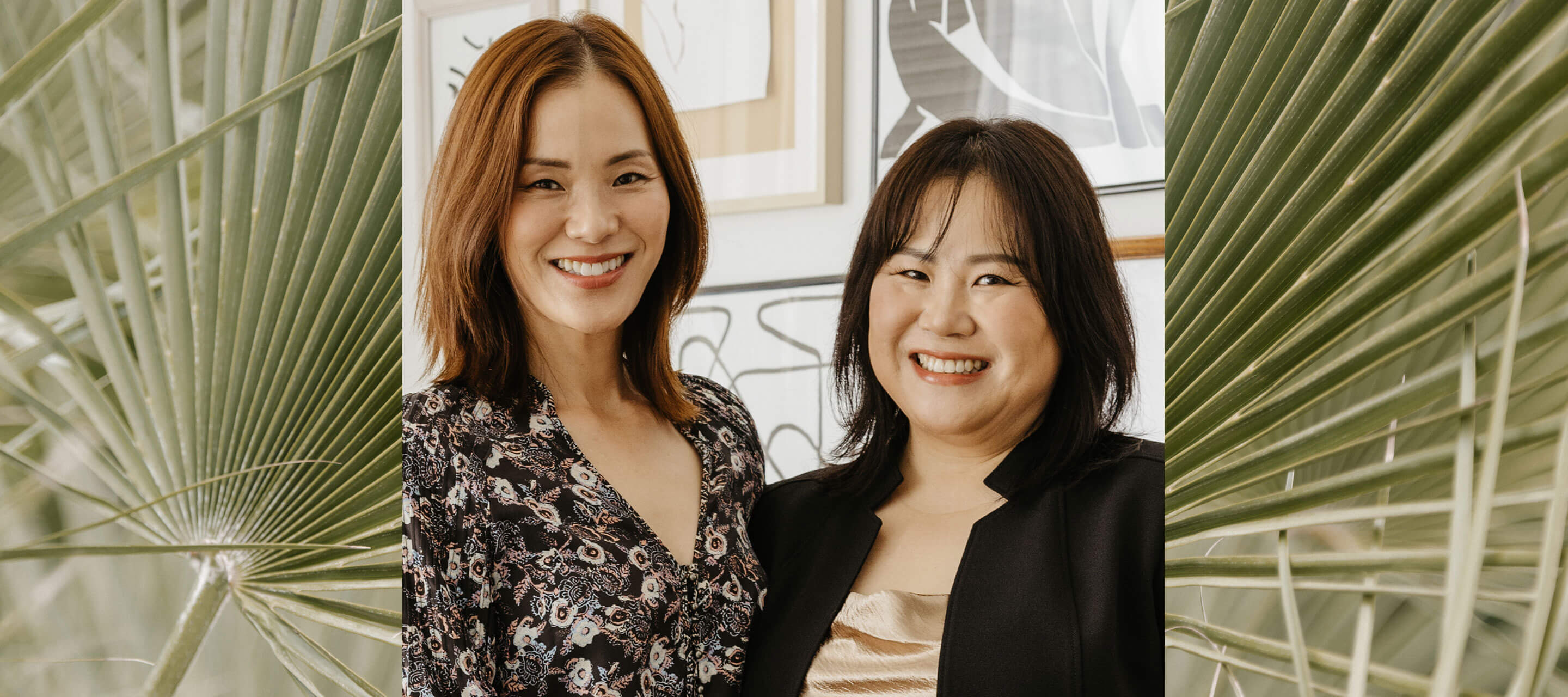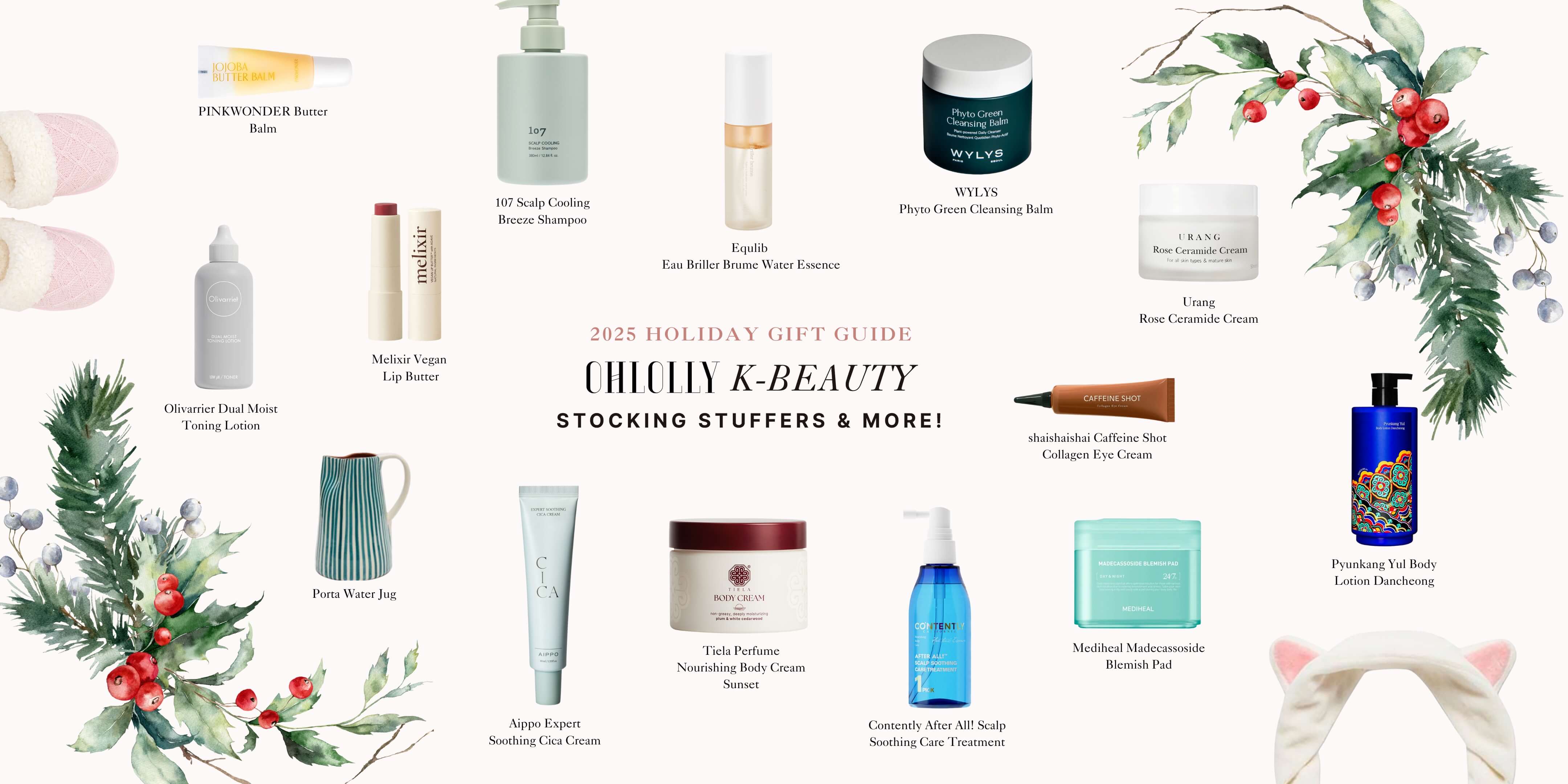The skin is the largest organ of the body, so it requires (and deserves!) a little extra attention. As the first barrier of protection from harm, your skin fights off free radicals, UV rays, pollutants, bacteria, and any other irritants the world throws at you.
A buildup of these irritants can often lead to hyperpigmentation, those darker, rougher patches of skin that seem to pop up for no reason. Hyperpigmentation is caused by an excess production of melanin (more specifically, it's an increase in the production of a hormone that triggers melanin synthesis in skin cells called melanocytes) in response to environmental factors. It can also be caused by scarring or even hormonal fluctuation/imbalance. But while all of these irritants might be inevitable, your skin’s reaction to them doesn’t have to be.

What causes hyperpigmentation?
As mentioned, hyperpigmentation* is the blanket term for darker, uneven patches of skin. They usually creep up slowly, over time, which is why they're also sometimes referred to as age spots, liver spots (solar lentigines) or sun spots. Because these are usually in response to excess sun exposure, they're most common in places where the sun hits, like around the face, hands and shoulders.
Hyperpigmentation can also occur as a post-inflammatory response, left behind after irritations such as eczema, cystic acne or other breakouts. In either case, avoiding prolonged sun exposure, using a daily SPF, and decreasing the amount of inflammation in the body are some helpful practices for preventing hyperpigmentation in the first place.
After you notice it, however, there are also a few ways to treat and lessen it.
*Note: If you notice a strange or unusual discoloration that's popped up suddenly, and/or has changed over time, it's always a good idea to get it checked out by a dermatologist or medical professional, just to be safe.

How do you treat hyperpigmentation?
Fortunately, the right skincare routine can help clear and soothe these trouble spots. Every skin type can struggle with hyperpigmentation, so it’s important to focus on products that maintain your own skin’s natural balance while targeting problem areas.
Hyperpigmentation is (primarily) a surface-level issue, so using products that work on the surface of the skin tend to have more noticeable results. Brightening creams and gels that contain ingredients like niacinamide (Vitamin B-3), Vitamin C or even retinol, if you choose to use it, are known to be effective.
Acids and peels can also fade dark spots due to their effectiveness at removing the surface-layer of the skin. Look for products with AHAs or BHAs to start.
An Ohlolly-Approved Routine:
Here’s what we recommend for a gentle, effective skincare routine that can both target and prevent hyperpigmentation.

Double Cleanse
For your nighttime routine, start with an Ohlolly top-seller, Heimish All Clean Balm effortlessly removes impurities without stripping the skin of its natural oils. This first cleanser cleans and clears while nourishing the skin with citrus herb oils. Follow this up with the Sioris Day by Day Cleansing Gel to help the skin maintain its oil-to-water balance with a low pH, all-natural cleanse. We like to skip the first cleanser in the morning.

Treat/Exfoliate
While a typical K-beauty routine encourages toner after cleansing, using a treatment or exfoliator like the Cosrx AHA 7 Whitehead Power Liquid before toning can help break down rough patches, congested pores, or excess sebum to then make toning and moisturizing more effective.
For those who aren't ready for (or who don't want to use) acids, Missha's First Treatment Essence can be a powerful alternative. It's formulated with a special 95% cica enzyme ferment extract, along with pearl reef and rice extracts, to gently remove dead skin cells and reveal brighter, smoother skin.
Tip: More isn't necessarily better when it comes to active ingredients. We like using one treatment to start, and then swapping out for another versus adding multiple layers of treatments.

Tone
The Sioris Time is Running Out Mist works as both a toner and a serum to nourish and hydrate rough skin. It’s made of 78% natural fruit water and three oils (macadamia, jojoba, and sunflower) to pack your skin with vitamins, minerals, and antioxidants for long-lasting hydration.

Moisturize
To complete the moisturizing treatment in your routine, try Blithe’s Gold Apricot Pressed Serum. This serum/essence/moisturizer brightens hyperpigmentation and soothes the skin with turmeric (a known anti-inflammatory) and berry extracts, while protecting and healing it with 31% apricot brightening extract. This all-in-one treatment leaves the skin translucent and dewy, a great way to achieve the coveted “glass skin” effect.

Protect
Every morning routine should end with a sunscreen. Heimish’s Artless Glow Base (SPF 50+ PA+++) is our one our favorites. Sun protection is a must when considering that UV damage is one of the greatest contributors to hyperpigmentation. Mild botanical ingredients improve the skin’s elasticity and add a final hydration boost, and its weightless texture leaves the skin feeling soft and glowing. As an added bonus, the Glow Base also works as a makeup primer, so your skin can feel prepped and ready to face the day!

For a little extra love,
On those days when environmental stressors feel particularly taxing, the Huxley Glow and Brightness Mask is a great remedy to have on hand. As you shake and mix its contents, the oil/essence turns from clear to milky to better nourish, brighten, and heal the skin. Leave this on for 10-20 minutes for an at-home spa day that color-corrects, hydrates, and calms irritation all in one.
While we can’t always control the outside world, we can control how we react to it. A skincare routine is a great place to start, targeting problem areas and giving yourself a little self-love in the process. After all, what’s not to love? Your skin deserves it!
What does your skin need these days? Have questions? We’d love to hear from you! Email us at hello@ohlolly.com.

Written by Anna @ Ohlolly
Images: Woman with flowers by Adolfo Felix, Banana leaf by Florian Reider & Flower by Markus Winkler all on Unsplash


